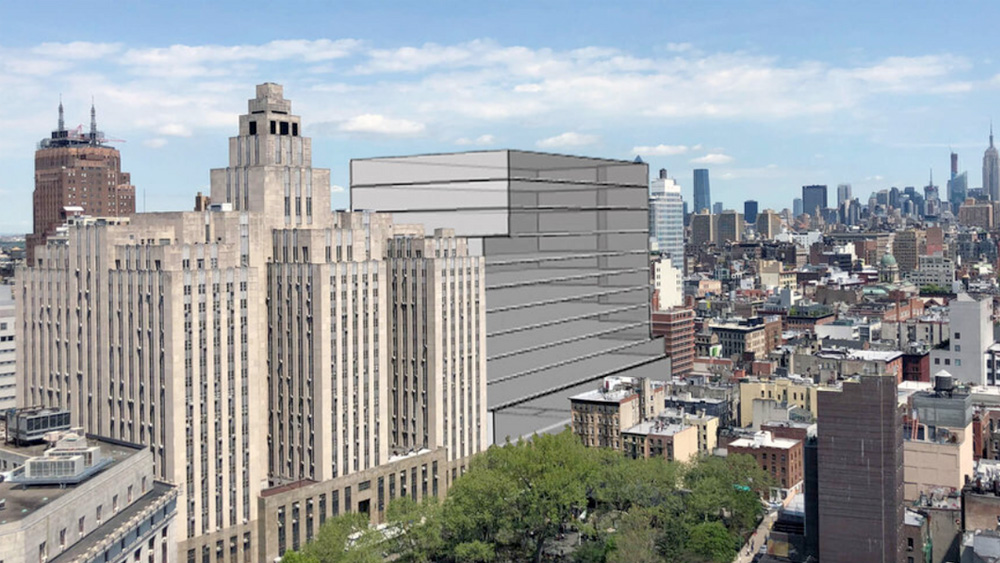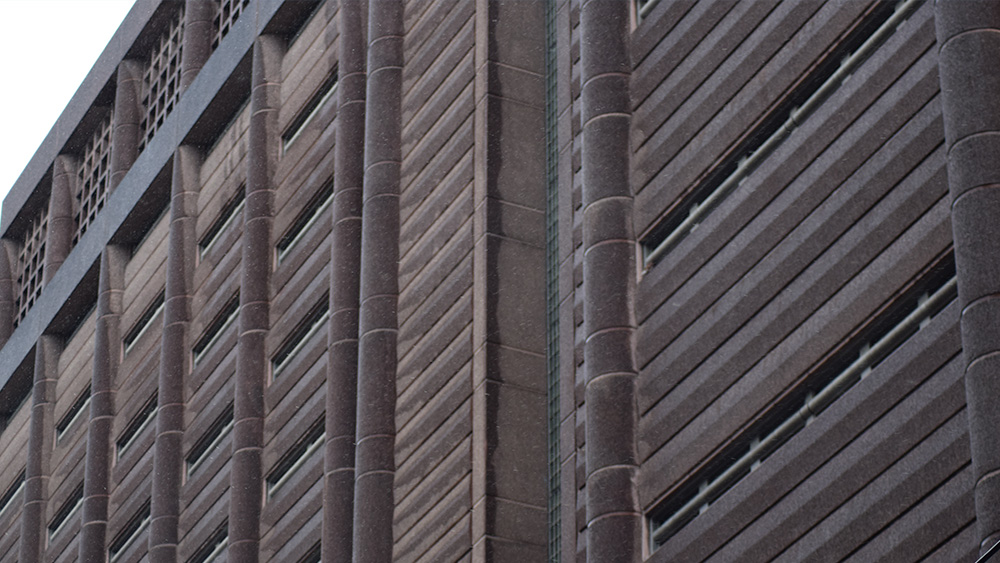New York is Building a Skyscraper Jail
- Youtube Views 2,436,352 VIDEO VIEWS
Video narrated and hosted by Fred Mills. This video contains paid promotion for Straight Arrow News.
IN A CITY renowned for its iconic skyline, New York’s latest addition is raising eyebrows for reasons far beyond its height. Dubbed the “jailscraper,” this controversial high-rise will become the tallest correctional facility in the world, dwarfing the Statue of Liberty when completed. Yet, its location in the heart of Manhattan, on the site of the notorious "Tombs" prison in Chinatown, has ignited fierce debate about its impact on the neighborhood and the city’s broader justice system.
The new facility is part of New York City’s ambitious plan to close Rikers Island, a sprawling jail complex infamous for its inhumane conditions. Instead, the city aims to replace it with smaller, borough-based jails that integrate into local communities. The Manhattan site is set to house a 40-story structure accommodating 886 inmates. While proponents view the project as essential for reforming the justice system, critics argue that its scale and location threaten the cultural and social fabric of Chinatown.

Above: An interpretation of how the jail could appear. Courtesy: NUBC.
Jan Lee, a community leader and member of Neighbors United Below Canal (NUBC), has been at the forefront of opposition. “Chinatown has existed for over a century as a hub of small businesses and close-knit families,” he said. “Building this massive jail here risks irreparable harm to a neighborhood already under pressure.”
The project replaces the Manhattan Detention Complex, colloquially known as "the Tombs." With roots dating back to the 19th century, the site has long been associated with dire conditions. Charles Dickens famously described its original incarnation as "indecent and disgusting dungeons." Its most recent iteration—a 1940s Art Deco tower connected by a bridge to a newer facility—was demolished in 2023 to make way for the new structure.

Above: A close up on the Manhattan Detention Complex AKA The Tombs.
The jailscraper’s design, while still under review, is expected to stand nearly 106 meters tall, including a mechanical tower. Though just shy of skyscraper status, it would surpass the height of all other correctional facilities worldwide.
For Chinatown residents, the project represents more than an architectural challenge; it is a threat to their way of life. The neighborhood, home to the largest Chinese community in the West, relies on its historic character and independent businesses, many of which are fragile in the face of large-scale construction.
“Most of the buildings around here are old brick and wood structures,” Lee explained. “A project of this magnitude could destabilize the area—not just physically, but economically and socially.”

Above: Manhattan's Chinatown is a close knit community.
Critics also highlight health risks associated with the demolition of the Tombs. Dust from the process has been linked to respiratory issues among elderly residents, evoking painful memories of the aftermath of 9/11, which devastated nearby communities.
Building a high-rise jail in the middle of Manhattan poses unique challenges. Unlike traditional facilities with sprawling layouts and security perimeters, vertical jails must innovate to ensure safety and functionality. The reliance on elevators for inmate transport, for instance, creates logistical bottlenecks.
Architects often look to models like Chicago’s Metropolitan Correctional Center, a triangular high-rise jail designed in the 1970s, which mitigates some issues with innovative cell layouts and rooftop recreation areas. Whether Manhattan’s jailscraper can replicate such success remains uncertain.

Above: Chicago’s Metropolitan Correctional Center.
The project is part of New York’s “Borough-Based Jails” plan, which aims to reduce the jail population to 5,000 by 2027 and close Rikers Island. However, delays and ballooning costs have cast doubt on whether the city can meet its goals. Critics accuse the design-build process—where a single contractor oversees all aspects of construction—of prioritizing cost savings over quality and community input.
Mayor Eric Adams, facing mounting political and legal troubles, has been criticized for the project’s lack of transparency. With none of the replacement jails nearing completion and the budget nearly doubling, skepticism about the feasibility of the plan is growing.
For many, the jailscraper symbolizes a clash between progress and preservation. The city touts the facility as a critical step toward a more humane justice system, with plans for public amenities such as libraries and green spaces. But residents like Jan Lee remain unconvinced.
“This community has lived with jails for over 100 years,” he said. “We’re not saying, ‘Not in my backyard.’ We’re saying the city must do better—both for the justice system and for Chinatown.”
As the 2027 deadline looms, the question remains: will the jailscraper be a beacon of reform or a monument to misplaced priorities? One thing is clear—this contentious addition to New York’s skyline will leave a lasting mark, for better or worse.
This video contains paid promotion for Straight Arrow News. Check out Straight Arrow News to stay informed and get Unbiased, Straight Facts. Download the app here SAN.com/b1m.
Video narrated and hosted by Fred Mills. Additional footage and images
courtesy of NUBC, The Dronalist, CBS, WLNY, PIX, ABC, Myles Zhang, K5 NEWS, CNBC.








